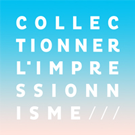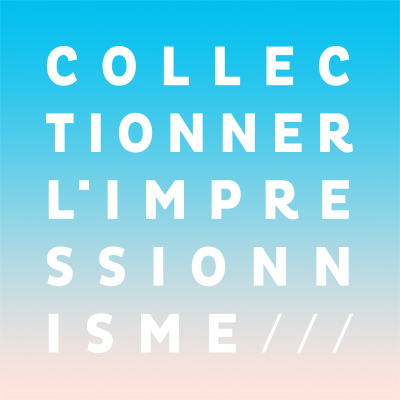This colloquium, open to all, was organized at the initiative of Destination impressionnisme around a program aimed at supporting new research on impressionism that is transversal, interdisciplinary, and international. It is the result of the coordination between tourism, universities and museums along the Seine axis. Initially planned in situ, at the time of the closing of the exhibitions of Normandie impressionniste, it was to begin with a visit to the museum in Rouen on its collector-donor François Depeaux, who was involved in the genesis of Monet's Cathedrals series. This colloquium has become by force of circumstance entirely digital and bilingual: its new format, imposed by the sanitary crisis, gives it an experimental scope. It will sharpen our reflections on the way in which digital dissemination transforms and, one might say, works on scientific research, which constitutes the epistemological framework of the labex Les passés dans le présent of the University of Paris Nanterre.
For three days, curators and researchers will address the field of collecting, a growing issue among art historians, which is linked to anthropological as well as historical and economic issues. Collectors have been key players in Impressionism, involved in the movement from the outset by the artists themselves. Like the art dealers, but in different ways, they were responsible for the regional, national and international dissemination of Impressionism. The act of collecting Impressionism will be questioned through a series of papers often based on case studies understood as significant samples and views on the movement: what about the gathering of groups of works of art in the same place, the collector's home? What do the arrangements and hangings mean? How could collections be built up across different social spaces, in distant countries and cultures? What happened to them until they were dispersed or entered the museum? Through these multiple perspectives, the points of view presented, which will be debated on Friday, will express the making of art history here and there, and the ways in which the artworks can be apprehended through the value of the exhibition, within different spheres.


 >>> Go to french
>>> Go to french


